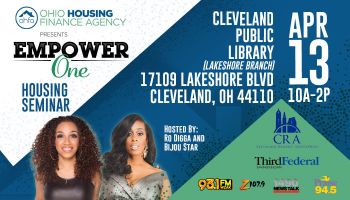With the latest “Selma” movie, the town is and the history of the march to Selma is getting a lot of attention. The events of the first of the three Selma-To-Montgomery marches in Alabama shocked the nation and the world. Known as “Bloody Sunday,” the racially-motivated and brutal attack by police on the peaceful protesters crossing the Edmund Pettus Bridge took place 50 years ago this coming Saturday.
Organized by James Bevel, Amelia Boynton Robinson and others for the SCLC’s Selma Voting Rights Movement campaign, over 600 marchers bravely took to the bridge that crossed into Montgomery where the state capitol grounds were. State troopers and racist white citizens armed with hand-held weapons viciously beat back the crowd despite their non-violent tactics.
Boynton Robinson was severely injured and bloodied during the clash, and the photo of her crumpled body spread around national newspapers and global outlets. The sight of Boynton Robinson lying in a heap caused serious outrage and debate among civil rights activists and their detractors. Later that night, an angry white mob beat white activist and minister James Reeb to death.
The news of Bloody Sunday led Rev. Dr. Martin Luther King Jr. to lead the second of the marches on March 9 with around 1,500 participants. Although Gov. George Wallace still had his troops on the bridge to head off the march, they stepped aside. But instead of continuing to Montgomery, King marched the group back to a church.
The violence led President Johnson to hold a televised joint session of Congress to introduce the Voting Rights Act and to call for its speedy passage. The last of the marches began on March 21 and President Johnson offered federal protection to the protesters.
Selma 50: Remembering Bloody Sunday was originally published on blackdoctor.org















